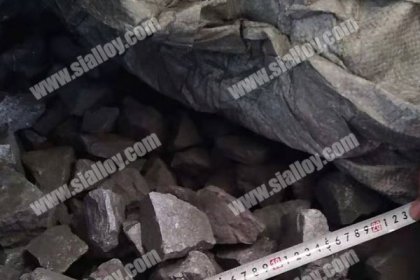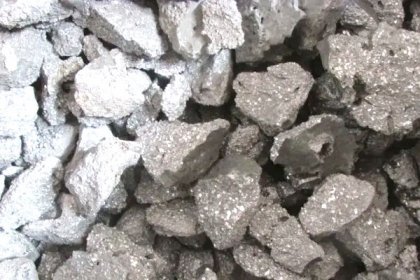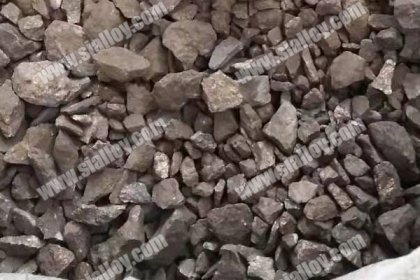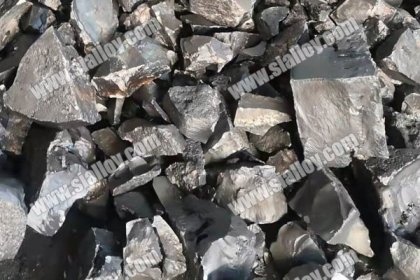heat treatment process
The heat treatment process refers to the whole process of the heat treatment operation, including the formulation or heat treatment procedures, process control and quality assurance, process management, process equipment, and process test and quality.
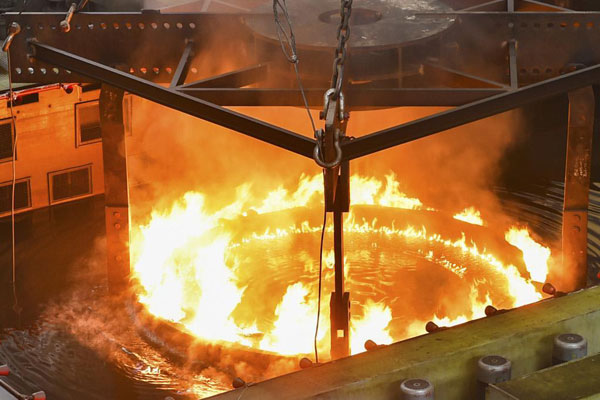
The main and most basic work content of heat treatment is the preparation of the heat treatment process. There must have the correct process documents to guide the site operation in order to five full play to the ability of the material mechanics and service of parts. Therefore, it is precisely that the preparation of process procedures is an important part of engineering work in the scope of engineering design specifications.
1.What are the commonly used quenching methods, the principle of different quenching methods.
(1)Single liquor quenching-a process of cooling to the bottom in the quenching medium, the thermal stress of this is relatively large, and the quenching deformation is large.
(2) Differential quenching-Objective: Cooling between 650MS, slow cooling below MS below to reduce tissue stress.
(3)Rating quenching-After the workpiece is taken out, the temperature of the workpiece is consistent inside and outside the workpiece, then the air-cooled process, the hierarchical quenching occurs when the M phase becomes in air cooling, and the internal stress is small.
(4) Isothermal quenching - refers to the equation of the bainite temperature zone, a bainite transition occurs, and the internal stress is reduced, and the deformation is small.
The principle of quenching methods should be considered to meet the performance requirements, while trying to reduce quenching stress to avoid quenching deformation and cracking.
2.Common chemical heat treatment( carburization, nitriding, carbonitride co-infiltration and nitrogen carbon co-infiltration)
(1)Carburization: Mainly to penetrate the surface of the workpiece into the carbon atom, surface temper martensite, residual A and carbides, the purpose of the cardiation is to increase the surface carbon content, have high hardness high resistance, and the center has a certain intensity And high toughness, so that it will withstand large impact and friction
(2)Nitriding: penetrating the surface of the surface, is a surface hardness wear-resistant fatigue strength and corrosion resistance and heat hardness, the surface is a nitride, a centrifugal coloster, a gas nitrogen nitrogen nitrogen, liquid nitrid, etc.
(4)Nitrogen carbon co-infiltration: nitrogen carbon common infiltration process is faster, the surface hardness is slightly lower than nitrogen nitrogen, but the fatigue is good. Mainly used for parts and work tools that are small by hush load and require high wear resistance, fatigue limit and small deformation.
There are also other details need to notice for heat treatment, Anyang Huatuo Metallurgy Co., Ltd in the industry of steelmaking and casting raw materials, so if any require welcome for discussing with us.
Improve the reasonable heat treatment process, not only can produce qualified products, improve the service life of the product, but also reduce costs and improve efficiency.
 中文
中文
